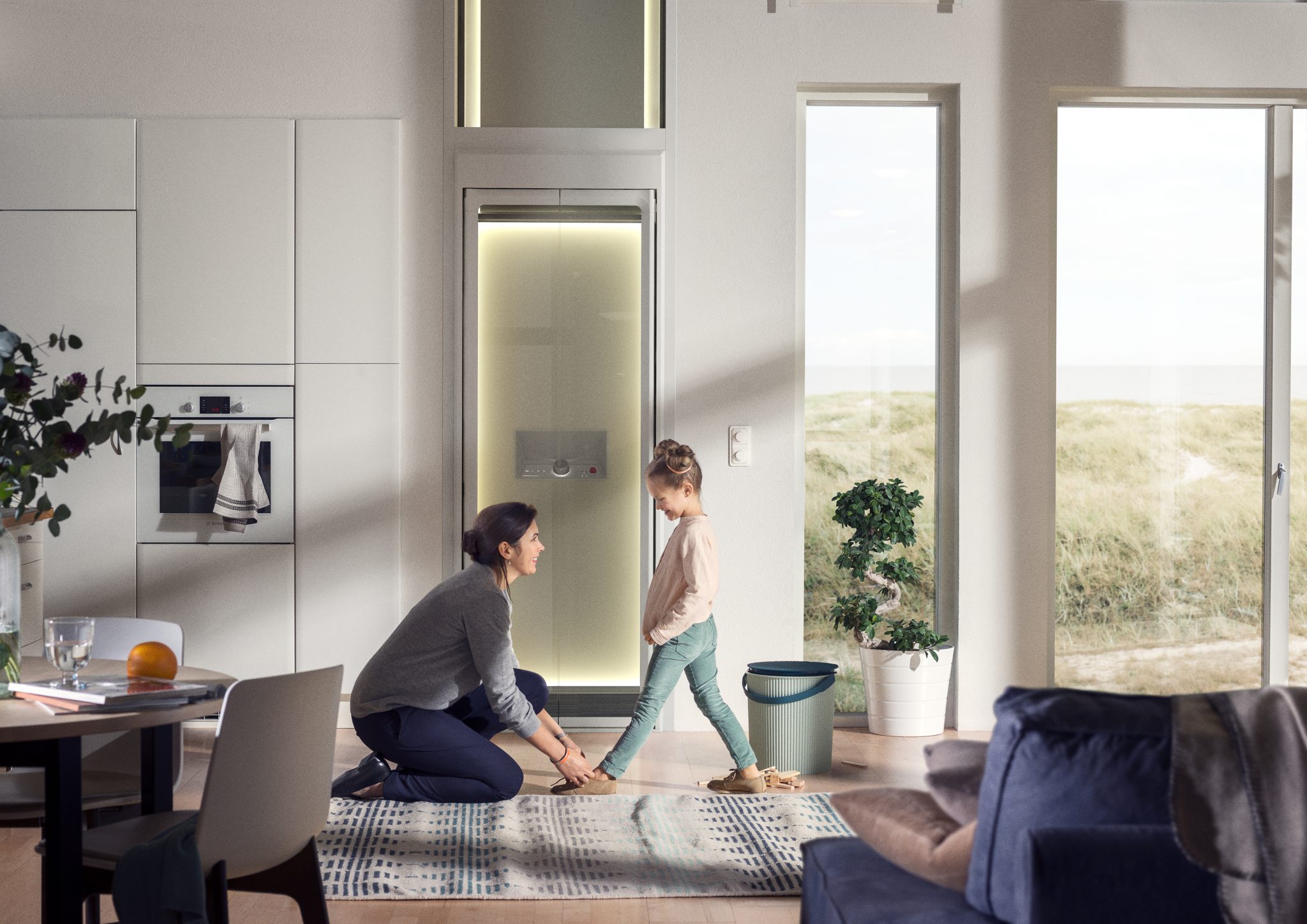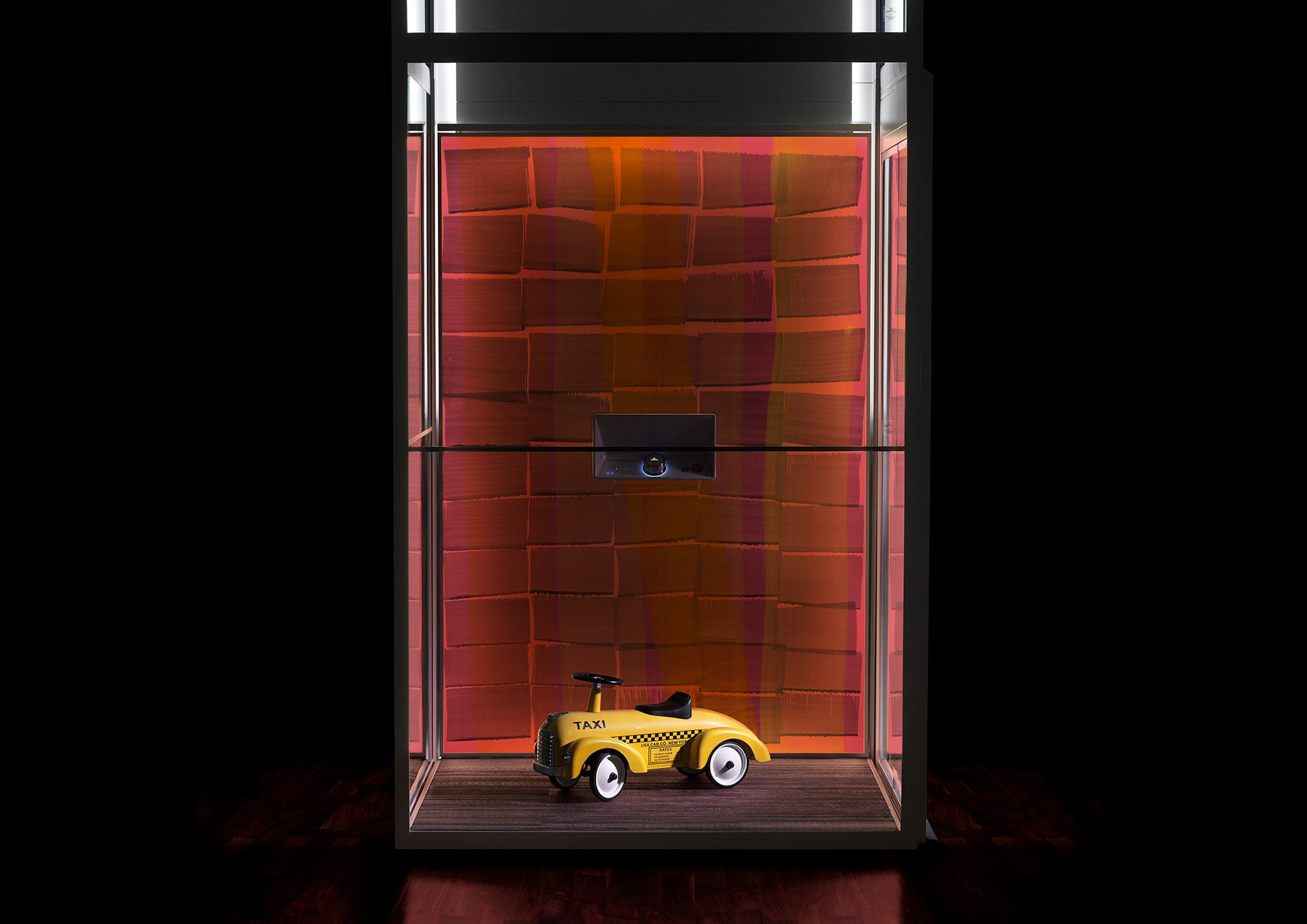Buying a residential elevator is often a long-term commitment, as it is meant to be part of your home for many years to come. It is therefore a good idea to take an extra moment or two in the planning stages before a purchase. We have collected some useful tips for you to consider when beginning your search for the perfect home lift.

5 things to consider when buying a homelift
Looking to add a residential elevator to your home? Make sure you look into these things first!
Introduction
1) Safety first
As with anything that moves in a space occupied by people, especially children or the elderly, safety should be your primary concern when looking for a home elevator. The design and mechanics need to be constructed in a way that prevents accidents. Doors that automatically open if something gets caught in them are one example of safe construction. Another is to have walls surrounding the elevator through which hands and fingers cannot reach and potentially get hurt.

2) What are your specific needs?
Consider in detail what the elevator will be used for. Mainly people, things, or both? How many people might use it simultaneously? Is there a need for special accessibility, for instance fitting a wheelchair in the elevator? All these things must be taken into account before a purchase, to make sure that you choose a model which has the required dimensions and can carry the necessary amount of weight.
3) Where in your home do you place the lift?
Whether you are adding a home lift to your current residence or integrating it into the drawings of a home that is yet to be built, you need to consider the placement of the elevator as well as the amount of space it will require. If you are adding an elevator to a house that you already live in, being conservative with space becomes all the more important. For these purposes, a platform lift such as our Aritco HomeLift is the best option as it requires minimal space above and underneath it. Our free home kit includes a size mat that shows you how much floorspace the HomeLift requires – approximately the same as a wardrobe, despite being spacious enough for multiple people.
4) Which design appeals to you?
As mentioned, buying a residential elevator is a long-term commitment, so beyond the utility of it, you also want to make sure that you appreciate the way it looks in your home. The ideal home lift is a beautiful piece of furniture that meshes well with the rest of your decoration. Do you want one that blends into its surroundings or one that stands out as both a useful and eye-catching art piece? All our home lifts have an emphasis on design. From the beautiful DesignWall to the artful flooring and atmospheric lighting, there are many design aspects to consider. Feel free to play around with some ideas in our 3D modeling Liftguide.

5) What are the maintenance requirements?
Once the installation is done, you will want to enjoy your residential elevator with minimum hassle. Make sure that you look into the maintenance requirements of the models that you are interested in. Is it easy to check the health and status of the elevator? If something needs repair, do you need to figure it out on your own or does the manufacturer offer assistance? The answers indicate how easy your new home lift will be to take care of in the long run.
Last but not least
There are obviously more things to consider before buying a residential elevator, but if you have a clear idea of these five, then you are well on the way. If you have questions about anything in this list or any aspect of getting a home lift, do not hesitate to get in touch with us. We will gladly help you along the way!





